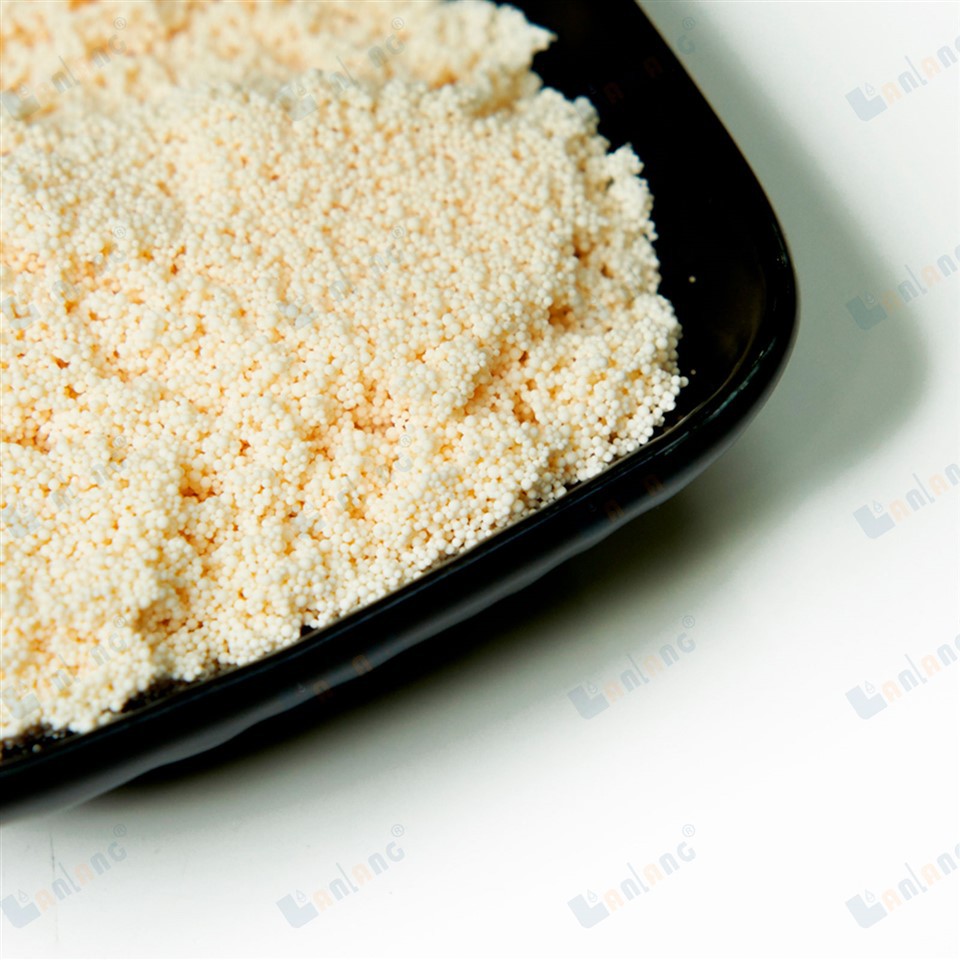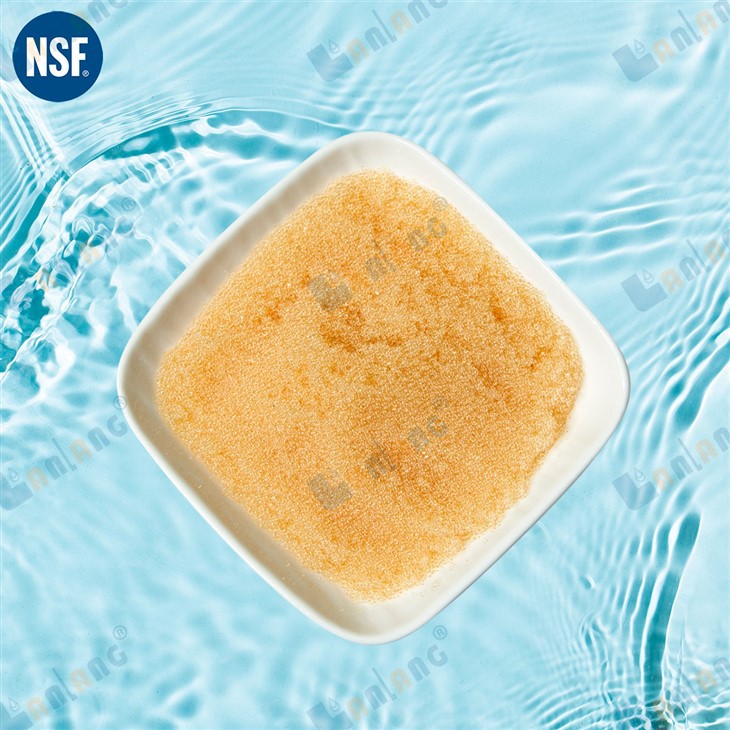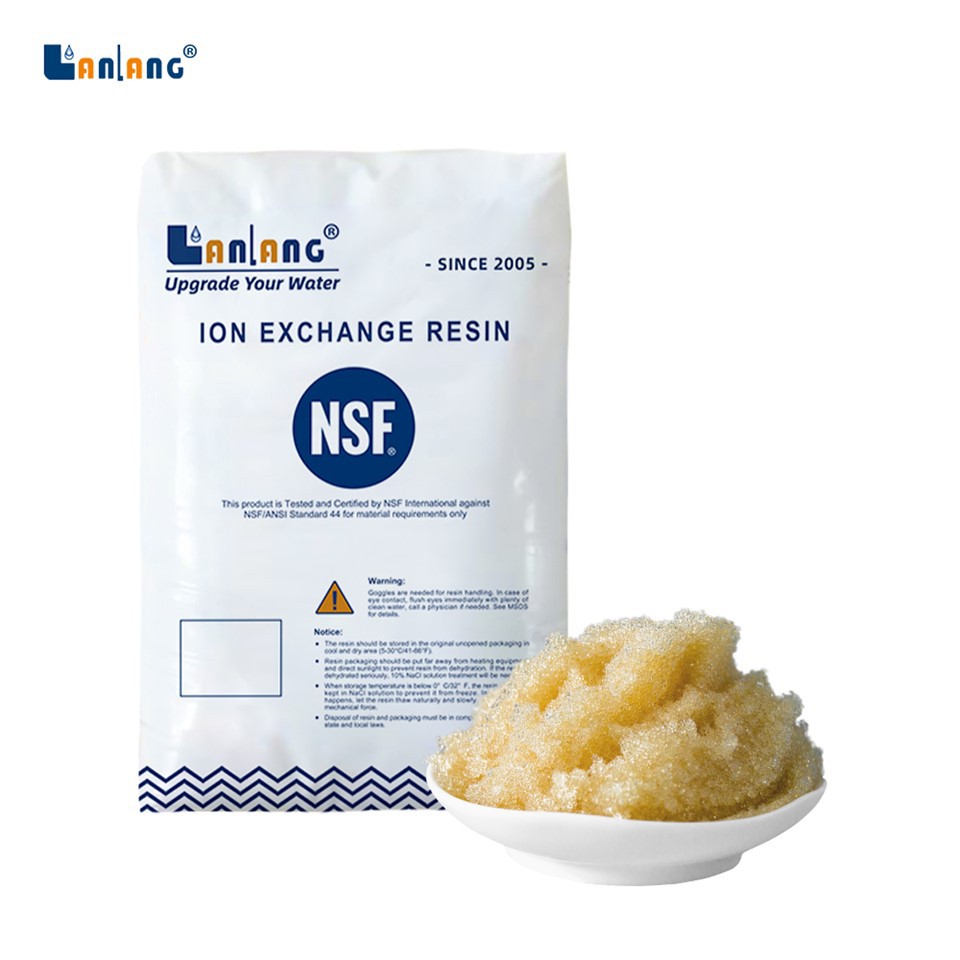Multivalent ions play a crucial role in the performance and functionality of ion exchange resins. As a leading supplier of ion exchange resins, I've witnessed firsthand the impact that multivalent ions can have on these materials. In this blog, we'll explore the effects of multivalent ions on ion exchange resin, shedding light on both the challenges and opportunities they present.
Understanding Ion Exchange Resins
Before delving into the effects of multivalent ions, it's essential to have a basic understanding of ion exchange resins. These are insoluble polymers with charged functional groups that can exchange ions with the surrounding solution. They are widely used in various applications, including water treatment, chemical processing, and pharmaceuticals.
Ion exchange resins come in different types, such as cation exchange resins and anion exchange resins. Cation exchange resins exchange positively charged ions (cations), while anion exchange resins exchange negatively charged ions (anions). The choice of resin depends on the specific application and the ions that need to be removed or exchanged.
The Role of Multivalent Ions
Multivalent ions are ions that carry more than one charge. Common examples include calcium (Ca²⁺), magnesium (Mg²⁺), iron (Fe³⁺), and aluminum (Al³⁺). These ions are often present in natural water sources and industrial wastewater, and they can have a significant impact on the performance of ion exchange resins.
One of the primary effects of multivalent ions on ion exchange resins is their strong affinity for the resin's functional groups. Compared to monovalent ions (ions with a single charge), multivalent ions have a higher charge density, which allows them to bind more tightly to the resin. This means that multivalent ions can displace monovalent ions from the resin, leading to a reduction in the resin's capacity for monovalent ion exchange.

For example, in a water softening application, a cation exchange resin is used to remove calcium and magnesium ions (multivalent cations) from hard water. The resin exchanges these ions for sodium ions (monovalent cations). However, if the water contains a high concentration of multivalent ions, they can quickly saturate the resin's binding sites, reducing its ability to effectively soften the water.
Effects on Resin Capacity
The presence of multivalent ions can significantly reduce the capacity of an ion exchange resin. As mentioned earlier, multivalent ions have a stronger affinity for the resin's functional groups, which means they can displace monovalent ions and occupy more binding sites. This results in a decrease in the resin's available capacity for ion exchange.
In addition to reducing the resin's capacity, multivalent ions can also cause irreversible fouling of the resin. Fouling occurs when contaminants, such as multivalent metal ions or organic matter, accumulate on the resin's surface or within its pores, blocking the ion exchange sites and reducing the resin's performance. Over time, fouling can lead to a significant decrease in the resin's capacity and lifespan.
Selectivity and Regeneration
Another important aspect to consider is the selectivity of the ion exchange resin for multivalent ions. Selectivity refers to the resin's preference for certain ions over others. Some ion exchange resins are designed to have a high selectivity for multivalent ions, while others are more selective for monovalent ions.
The selectivity of the resin can have a significant impact on its performance and regeneration requirements. Resins with a high selectivity for multivalent ions may require more frequent regeneration to remove the tightly bound multivalent ions. This can increase the operating costs and complexity of the ion exchange process.

On the other hand, resins with a lower selectivity for multivalent ions may be more suitable for applications where the concentration of multivalent ions is relatively low. These resins can be regenerated more easily and may have a longer lifespan.

Impact on Water Treatment
In water treatment applications, the presence of multivalent ions can pose significant challenges. For example, in a water softening system, the high concentration of calcium and magnesium ions can cause scaling in pipes, appliances, and water heaters. This can reduce the efficiency of these systems and increase maintenance costs.
Ion exchange resins are commonly used to remove multivalent ions from water. However, as discussed earlier, the strong affinity of multivalent ions for the resin can lead to reduced capacity and fouling. To overcome these challenges, water treatment systems often use a combination of pre-treatment steps, such as filtration and chemical precipitation, to reduce the concentration of multivalent ions before they reach the ion exchange resin.
Applications and Solutions
Despite the challenges posed by multivalent ions, ion exchange resins remain a valuable tool in many applications. For example, in the Ion Exchange Resin Used in Coffee Machine Filters, ion exchange resins can be used to remove multivalent ions, such as calcium and magnesium, from the water used to brew coffee. This can improve the taste and quality of the coffee by reducing the formation of scale and other impurities.
In water softening applications, NSF Certificate Strong Acid Cation Resin for Water Softener is often used to remove calcium and magnesium ions from hard water. These resins have a high capacity for ion exchange and can effectively reduce the hardness of the water.
For applications where food-grade materials are required, such as in water pitchers, Food Grade Macroporous Weak Acid Water Pitcher Cation Resin can be used. These resins are designed to meet strict food safety standards and can provide effective ion exchange performance while ensuring the safety of the water.
Conclusion
In conclusion, multivalent ions can have a significant impact on the performance and functionality of ion exchange resins. Their strong affinity for the resin's functional groups can lead to reduced capacity, fouling, and increased regeneration requirements. However, with proper understanding and management, these challenges can be overcome.
As a supplier of ion exchange resins, we offer a wide range of products designed to meet the specific needs of different applications. Whether you're looking for a resin with high selectivity for multivalent ions or a food-grade resin for a water pitcher, we have the solution for you.
If you're interested in learning more about our ion exchange resins or have any questions about the effects of multivalent ions, please don't hesitate to contact us. Our team of experts is ready to assist you in finding the right resin for your application and providing you with the support you need to ensure its optimal performance.
References
- Helfferich, F. (1962). Ion Exchange. McGraw-Hill.
- Crittenden, J. C., Trussell, R. R., Hand, D. W., Howe, K. J., & Tchobanoglous, G. (2012). Water Treatment: Principles and Design. John Wiley & Sons.
- Roussy, Z., & Kula, M. (2000). Ion Exchange: Theory and Practice. CRC Press.
